Catechesis is a kind of education, but it's not the kind of education that we see in schools today—whether higher ed or public/secondary schools.
Catechesis is also not classical education, but it's almost certainly a contributing factor to it. And catechesis has a lot more in common with classical education than with the modern species. Groups like The Circe Institute have grasped that difference well.
Another wonderful advocate of classical education, who perceives well the sacramental ontology that undergirds it, is the late Stratford Caldecott, whose wonderful book, Beauty for Truth's Sake, gets at these ideas really well. It was recently republished, with an excellent foreword by Mars Hill Audio's Ken Myers. And you can find an excerpt of the Intro and first chapter here.
Here I want to draw on a few key insights from Caldecott's work, which will aid us in the renewal of catechetical teaching.
A Short History of Classical Education
The foundation of university education is traced back to Socrates. And the key principle of Socrates's educative plan was that "it is the nature and calling of the human being to know: to know truth, being, wisdom, goodness, virtue—the forms, or the highest causes" (21). Human beings, for a Greek, Jew, or Christian, are people who have an inherent telos towards knowing, and knowing things as they really are.
Plato is another testimony to this kind of pedagogical metaphysics. Education is about turning the whole soul from the realm of "becoming" to the realm of "being," that is, from the transitory world to the eternal, which is "the Good," i.e., the Divine. It is, moreover, an altered mode of perception—or, rather, becoming the kind of person who is capable of seeing. "The power of learning exists in the soul, but 'the instrument of knowledge can only by the movement of the whole soul be turned from the world of becoming to that of being, and learn by degrees to endure the sight of being, and of the brightest and best of being, or in other words, of the good'" (Caldecott, 22, citing Plato).
Augustine, Boethius, and Cassiodorus all played a part in the transmission of this tradition, and refined the classical disciplines from a set of nine to seven (being the good biblicists that they were): the Trivium (the three artes sermonales, or "language studies"—grammar, rhetoric, and dialectic) and the Quadrivium (the four artes reales or physicae—arithmetic, geometry, astronomy, and music). The literate arts (the trivium) taught students to think, to express themselves logically. But it was the numerate arts (the quadrivium) that "were the disciplines by which Plato believed the inner vision of the soul could be awakened" (Caldecott, 23).
The liberal arts tradition came in decline with the fall of the Roman empire, but was preserved in the monasteries. The classical ideal can still be found in writers like Hugh of St. Victor (for example, in the Didascalian), and the university system emerging in the twelfth century in Bologna, Paris, and Oxford was based on this system. Caldecott points to the rise of nominalism in the late middle ages and the separation of disciplines within universities as key contributing factors to the fracturing of a coherent classical education. It was maintained, however, in the cathedral schools of Chartres and Notre Dame.
"To Love What Is Beautiful"
A key insight to this classical model is that it welded together truth, goodness, and beauty. It is especially unlike modern education in its prioritization of beauty. Whereas for us today, beauty is all a matter of preference or taste ("beauty is in the eye of the beholder"), for the ancients beauty was as objective as truth. And like truth, it needed to be learned. Caldecott quotes Socrates to that effect: "The object of education is to teach us to love what is beautiful."
Importantly, music, as a species of the "numerate arts" (the Quadrivium), played a vital role in education:
"Rhythm, harmony, and melody—the subject of formal study at a more mature stage of a child's growth—must from the earliest age penetrate deeply into mind and soul through imitation and natural enjoyment. Only in this way, by ordering the soul in harmony and giving it a sense of the meaning of proportion and relationship, can it be induced later to become fully rational, and to derive pleasure from the theoretic contemplation of ideas. The road to reason leads through the ordering of the soul, which implies the necessity of an education in love, in discernment, and in virtue" (38).
There is much here on which to draw in developing a robust catechetical practice, but at least one thing is that we need to see all learning takes within an ordered cosmos, a world so arranged as to draw human beings into life with God. This is a lifelong journey, to be sure, but it is also not random or illogical. We teach catechumens to walk by faith in this life, but with the ultimate aim of of seeing God face to face.

